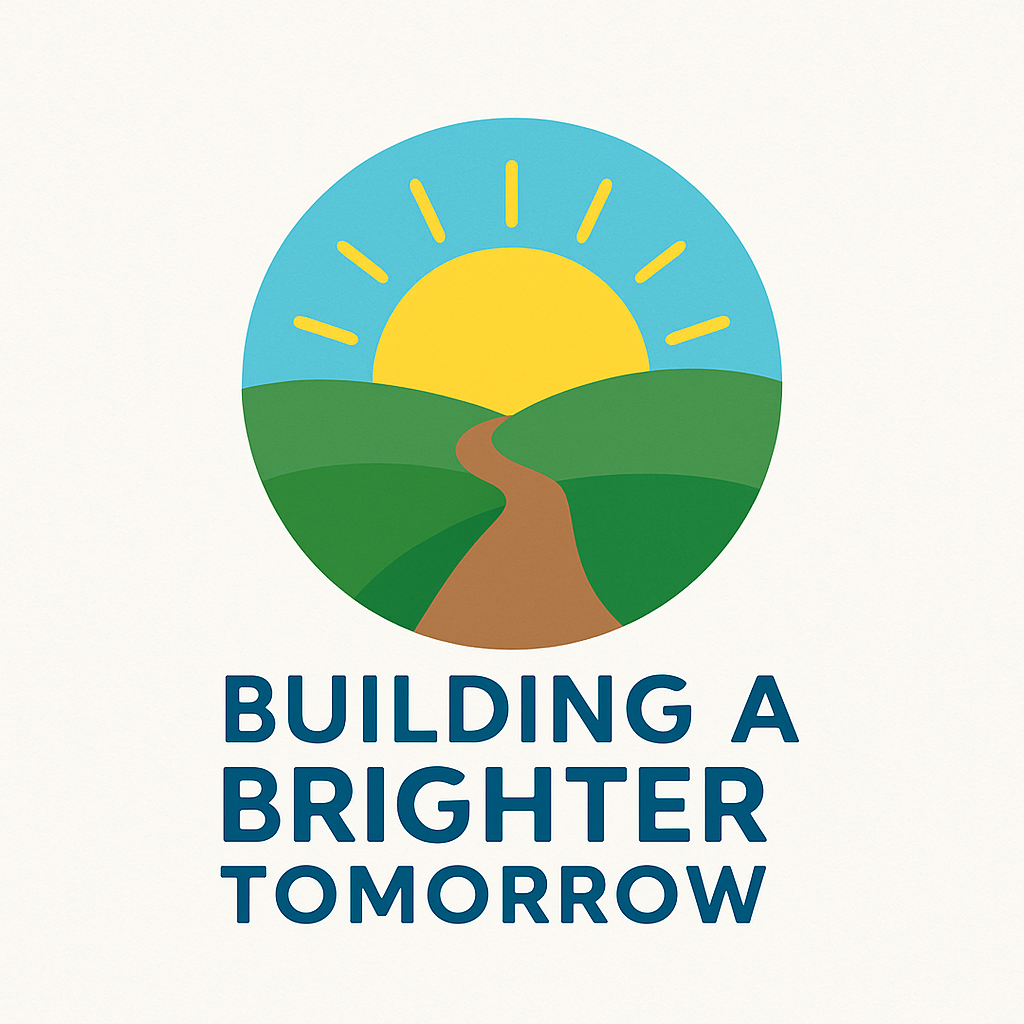Inclusion is more than a policy—it’s a philosophy rooted in equity, empathy, and access. At its core, inclusive education means every student, regardless of ability or background, has the opportunity to learn, participate, and thrive alongside their peers.
Too often, “inclusion” is mistaken for physical placement: a student with a disability joins the general education classroom but receives little interaction or support. True inclusion goes deeper. It means proactively designing instruction, classroom culture, and systems so that all students feel like they belong—and can succeed.
What Does an Inclusive Classroom Look Like?
A truly inclusive classroom isn’t about perfection—it’s about intentionality. It may look like:
- A 5th-grade classroom where directions are read aloud, projected on the board, and provided in pictorial form for students who need it.
- A high school teacher who offers students the choice of how to present their learning: a speech, a visual poster, a written essay, or a multimedia presentation.
- A kindergartener learning to use a communication device alongside peers who are practicing patience, turn-taking, and celebration of each other’s voices.
Inclusive Teaching Practices in Action
- Universal Design for Learning (UDL): Planning lessons with flexible methods of engagement, expression, and representation from the start.
- Collaborative Problem-Solving: Including specialists (e.g., SLPs, OT/PT, behavioral consultants), paraprofessionals, and families in planning.
- Peer Support Models: Empowering classmates to be mentors, buddies, or partners to promote social connection.
- Flexible Grouping: Rotating and restructuring student groups for exposure to diverse strengths and collaboration styles.
- Positive Classroom Culture: Using explicit social-emotional learning, clear expectations, and celebration of student diversity.
Challenges & How to Overcome Them
- Start small: Choose one lesson a week to redesign with UDL in mind.
- Seek feedback: Invite students with disabilities to share what helps them most.
- Use what you have: Many inclusive strategies benefit all students.
- Celebrate progress: Inclusion is a journey, not a destination.
Final Thoughts: Inclusive classrooms are not only possible—they’re powerful. They foster empathy, creativity, and resilience in all learners. When students see diversity as strength and support as a shared responsibility, everyone wins.
